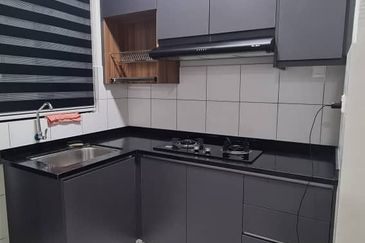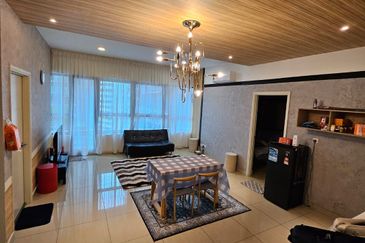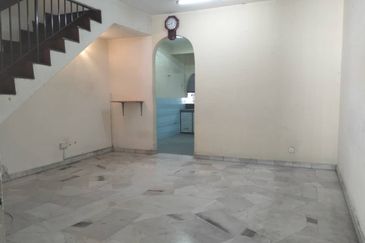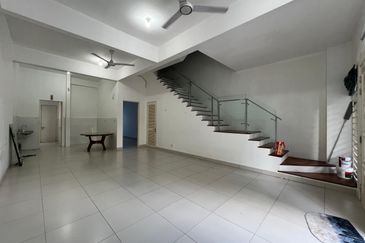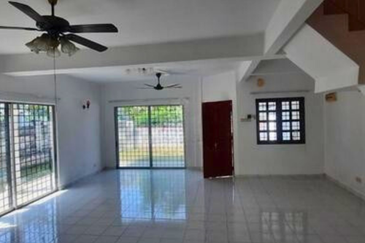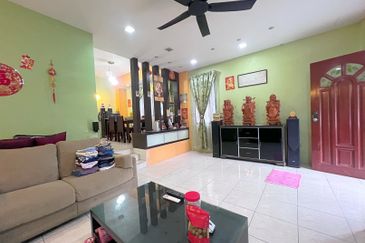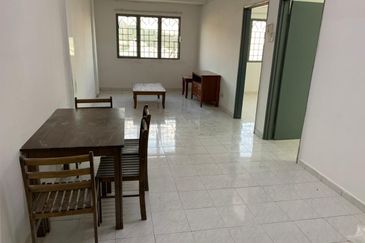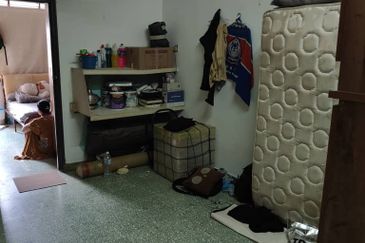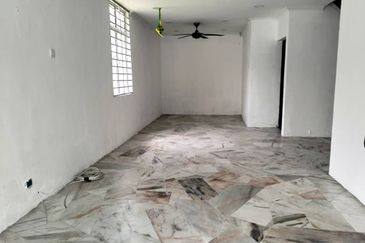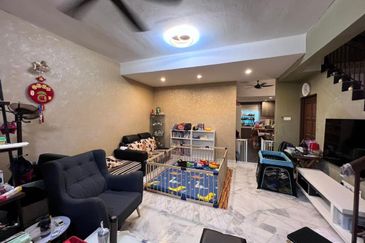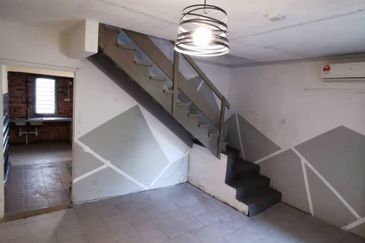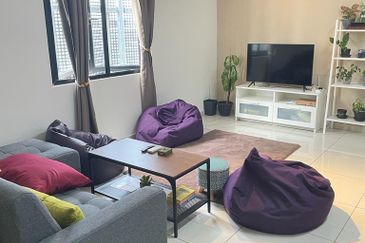
Getting the keys to your new home is one of the most exciting moments in life but there are some things that have to be settled before you celebrate. The first thing to do is to inspect the property for defects.
Under the Housing Development Act (HDA), residential property owners have 24 months during the Defect Liability Period (DLP) to check for any defects or faulty workmanship on the new property that has been handed over to them. They have to report the defects to the developer so that the latter can fix the problems.
Although many homebuyers know they need to check their properties, there are some things that could prevent them from conducting a proper inspection.
Here are five things you should NEVER do:
1. Never ignore the SPA
Some buyers feel deceived when they compare the completed unit with the impressions given to them when they bought the unit.
Architect Centre Sdn Bhd accredited architect and trainer Anthony Lee Tee observes that many homebuyers are “seduced” by the artists’ impressions or finishes in the show units and assume that what they see is what they would get.
“Not many owners would have read the Sale and Purchase Agreement (SPA) thoroughly before signing on the dotted line, especially Schedule 1 (Approved Building Plans) and Schedule 4 (Description of Building Specifications and Finishes) in the SPA, which list the details of the property design and specifications,” he tells EdgeProp.my.
2. Never be ill-equipped for the inspection
Many property owners who carry out their own inspections may not have the expertise and may overlook certain things that need to be rectified, which could cause bigger problems in future, says MIP Properties Sdn Bhd senior negotiator Chong Teck Seng.
“Property investors especially, will just do some simple inspections of visible defects,” he adds.
Lee concurs that most of the owners being non-technically equipped may only check the finishes or the things they could see and touch but what lies beneath or is hidden from view, such as the floor or wall tiles, the ceilings, cables and pipes, are missed.
“Property inspection is not about checking the visible faulty workmanship but also to identify the root causes of major defects to prevent skin-deep cosmetic repairs,” he says.
For instance, checking the water meters could tell you of possible leaking water pipes.
He says owners who conduct their own inspections should equip themselves with basic technical knowledge and useful tools such as a ladder, a long shank screwdriver, a good torchlight and a power point tester as well as a DIY checklist.
3. Never damage the property
A unit owner can request the developer to fix defects but the unit belongs to you and any destructive action on your part is only causing more damage to your unit.
For instance, when marking the defects in a unit during inspection, Lee from Architect Centre advises property owners to use removable masking tape or stickers instead of spray paint or marker pen.
Similarly, for the flooring, if the owner finds any problem such as hollow tiles or cracked tiles, Lee says it’s better to leave a removable sticker rather than breaking up the tiles further.
“Using your mobile home to capture photos or short videos as part of a recorded compilation of defects could also be an effective way to communicate the problem to developers,” he adds.
4. Never be careless
According to Chong from MIP Properties, some property investors/owners appoint agents to collect the keys to their new properties and put up the units in the market for rent or sale without even seeing the unit themselves, what more to inspect them.
“The majority of them are foreign buyers or Malaysians who are staying abroad so they will authorise agents to do a simple inspection for visible defects while some of them will just ignore the inspection process altogether as they hope their unit would be sold quickly within the DLP period and the new owner can inspect the unit and deal with the developer,” he explains.
However, he notes that not doing a proper inspection may affect the property’s value as buyers may ask to reduce the price or choose another unit if they spot visible defects.
5. Never neglect the common areas and facilities
Lee says a majority of strata property buyers tend to inspect their own units and car parks only but forget about the common areas and facilities.
“Inspection of common areas is equally important as any defect can cause bigger problems in future and could be costly to fix. It is advisable for owners to conduct a comprehensive inspection of all common property areas soonest possible before the end of the DLP,” he stresses.
The common property areas include water tanks, equipment room, lift pits and motor rooms as well as the escape staircases and the functionality of fire-fighting systems.

This story first appeared in the EdgeProp.my pullout on Sept 6, 2019. You can access back issues here.
TOP PICKS BY EDGEPROP
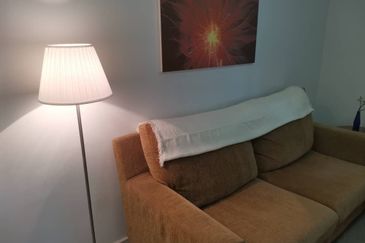
Bintang Fairlane Residences
Bukit Bintang, Kuala Lumpur

Taman Damai Indah, Cheras
Cheras South, Selangor
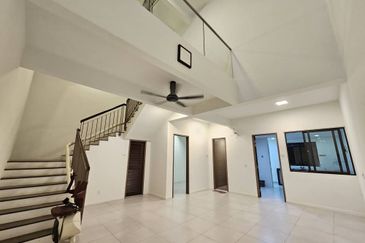
Sutera Heights, Taman Juara Jaya
Cheras, Selangor


hero.jpg?GPem8xdIFjEDnmfAHjnS.4wbzvW8BrWw)
